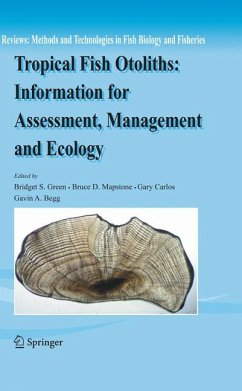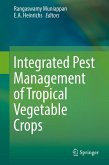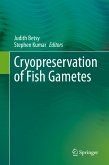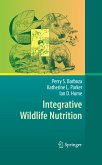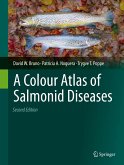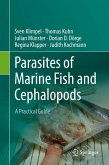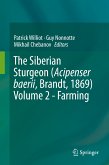Techniques and theory for processing otoliths from tropical marine fish have developed only recently due to an historic misconception that these organisms could not be aged. Otoliths are the most commonly used structures from which daily, seasonal or annual records of a fish's environmental history are inferred, and are also used as indicators of migration patterns, home range, spatial distribution, stock structure and life history events. A large proportion of projects undertaken on tropical marine organisms involve removal and processing of calcified structures such as otoliths, statoliths or vertebrae to retrieve biological, biochemical or genetic information. Current techniques and principles have evolved rapidly and are under constant modification and these differ among laboratories, and more particularly among species and within life history stages.
Tropical fish otoliths: Information for assessment, management and ecology is a comprehensive description of the current status of knowledge about otoliths in the tropics. This book has contributions from leading experts in the field, encompasing a tropical perspective on daily and annual ageing in fish and invertebrates, microchemistry, interpreting otolith microstructure and using it to back-calculate life history events, and includes a treatise on the significance of validating periodicity in otoliths.
Dieser Download kann aus rechtlichen Gründen nur mit Rechnungsadresse in A, B, BG, CY, CZ, D, DK, EW, E, FIN, F, GR, HR, H, IRL, I, LT, L, LR, M, NL, PL, P, R, S, SLO, SK ausgeliefert werden.

